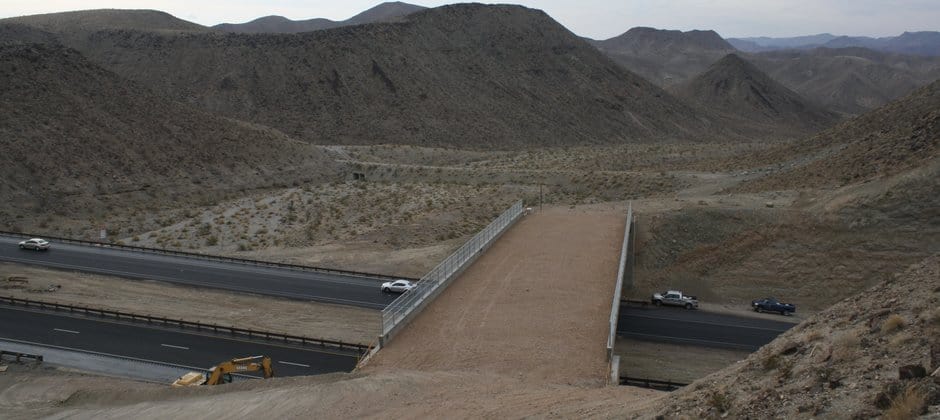Share this article
TWS advocates for wildlife crossings
The Wildlife Society joined nearly 40 other organizations representing natural resource professionals, conservationists and sportspersons asking House Committee on Transportation and Infrastructure leadership to consider safe passage for wildlife over or under highways in pending legislation.
The committee is currently developing legislation to address national infrastructure issues and to reauthorize the Fixing America’s Surface Transportation Act. The Senate Committee on Environment and Public Works recently passed the America’s Transportation Infrastructure Act (S. 2302), which contains several critical wildlife crossing and habitat connectivity provisions. The letter asked the House committee to include those provisions in the coming House bill as well.
Key provisions of the Senate legislation include a new competitive Wildlife Crossing Pilot Program that would provide $250 million over five years in competitive grants to states, tribes and local governments for wildlife infrastructure projects that would reduce the number of wildlife-vehicle collisions and improve habitat connectivity. The program would also fund an updated study and report to Congress on wildlife-vehicle collision reduction and habitat connectivity improvement. The bill also calls for the development of guidance to states on mitigation measures and wildlife crossing standards to reduce wildlife-vehicle collisions and increase habitat connectivity.
Nearly 200 people died from vehicle collisions with animals in the U.S. in 2018, and wildlife-vehicle collisions collectively cost Americans more than $8 billion annually, according to the U.S. Department of Transportation. However, “many wildlife-vehicle collisions are preventable,” the letter reads. “Transportation engineers have realized success in reducing vehicle-wildlife collisions with strategically placed bridges, overpasses, tunnels, viaducts, culverts, fencing, signage and detection/warning systems.”
Header Image:
Overpasses for wildlife, like the one shown here, can help to reduce wildlife-vehicle collisions.
©AZ Dept. of Transportation








